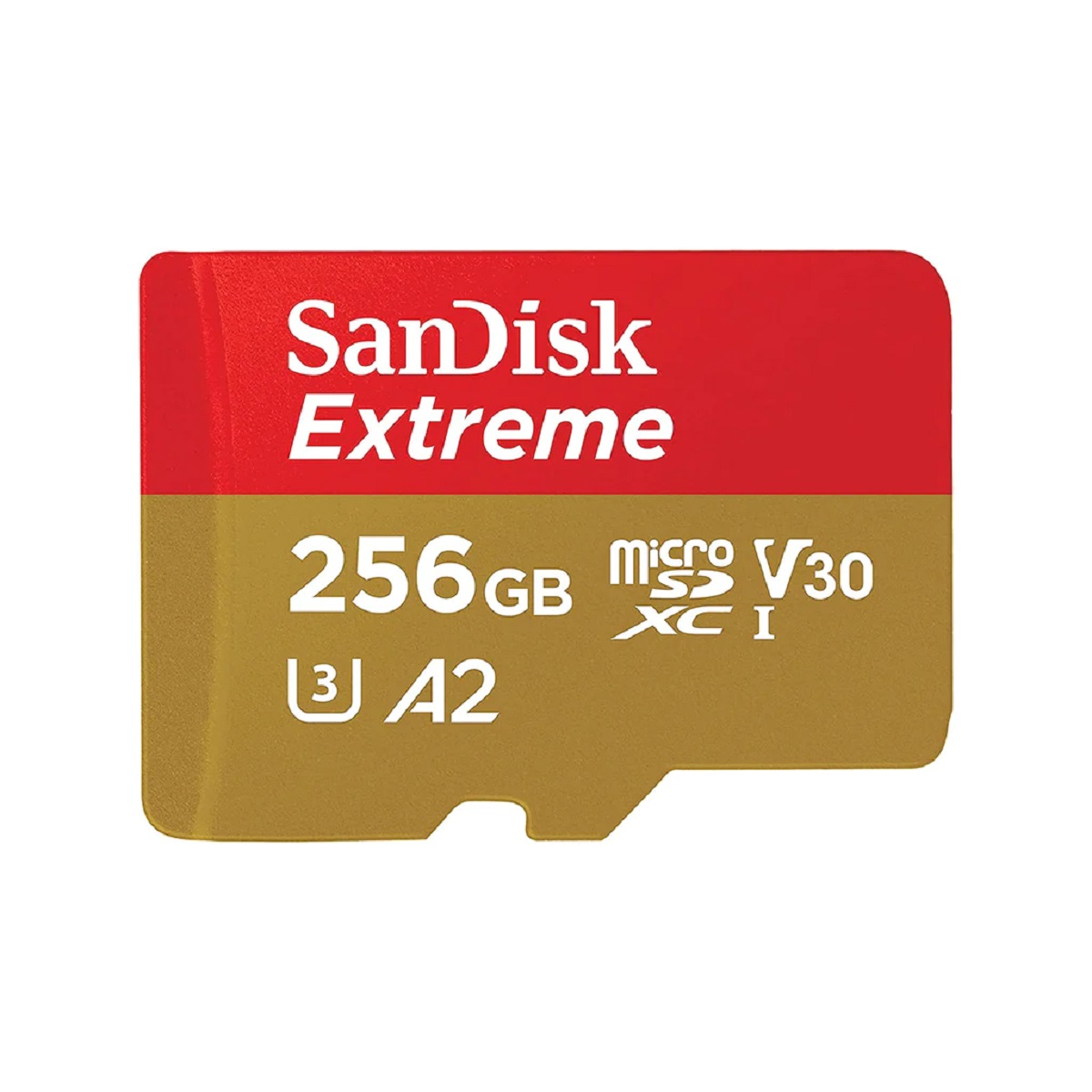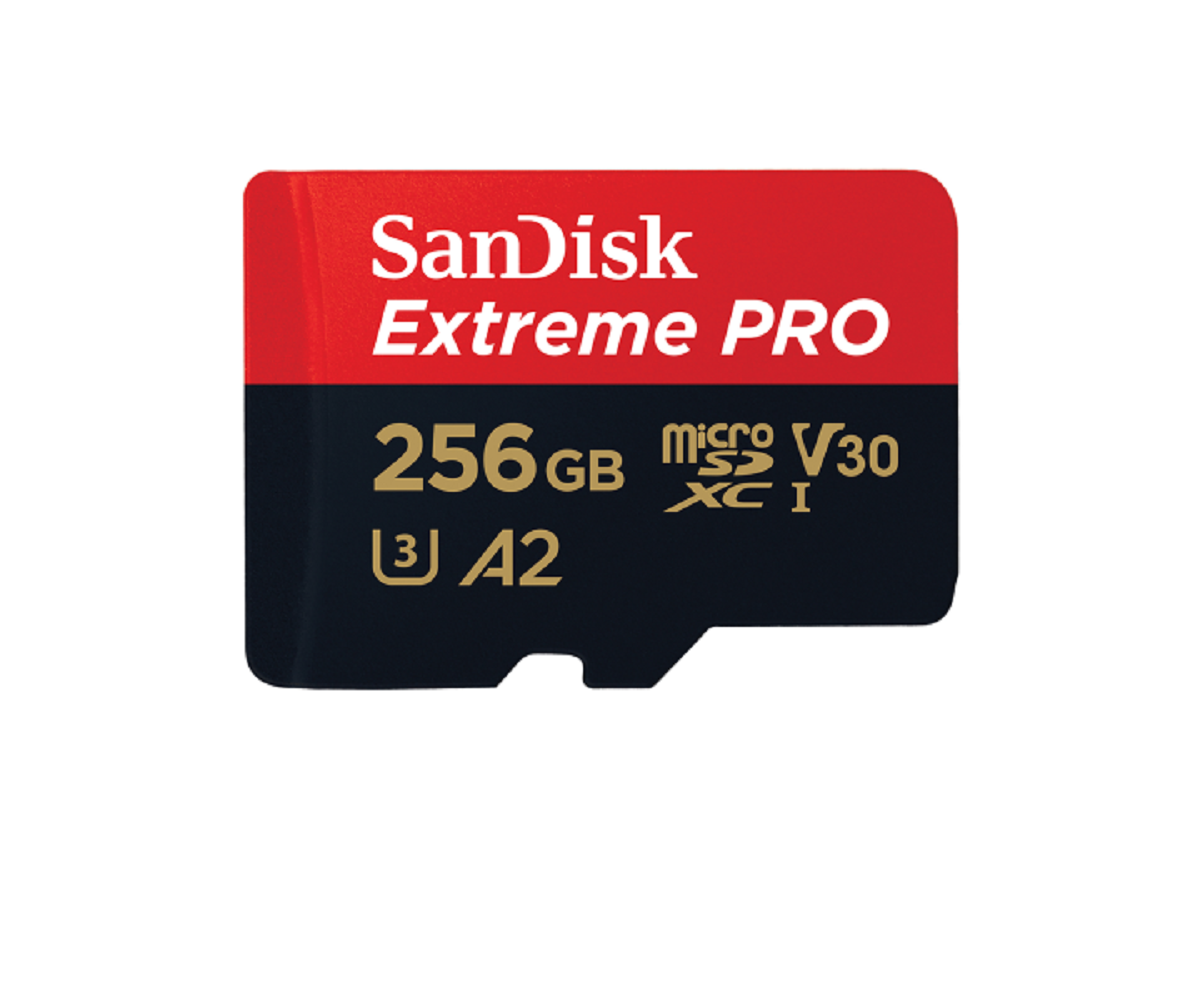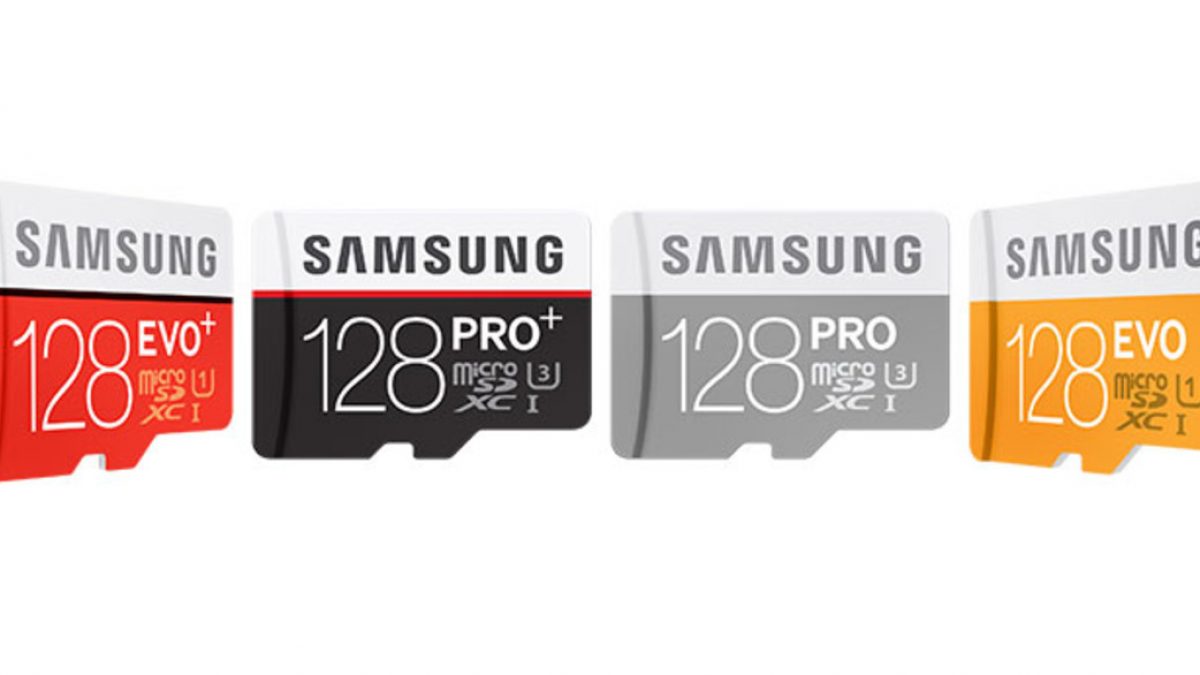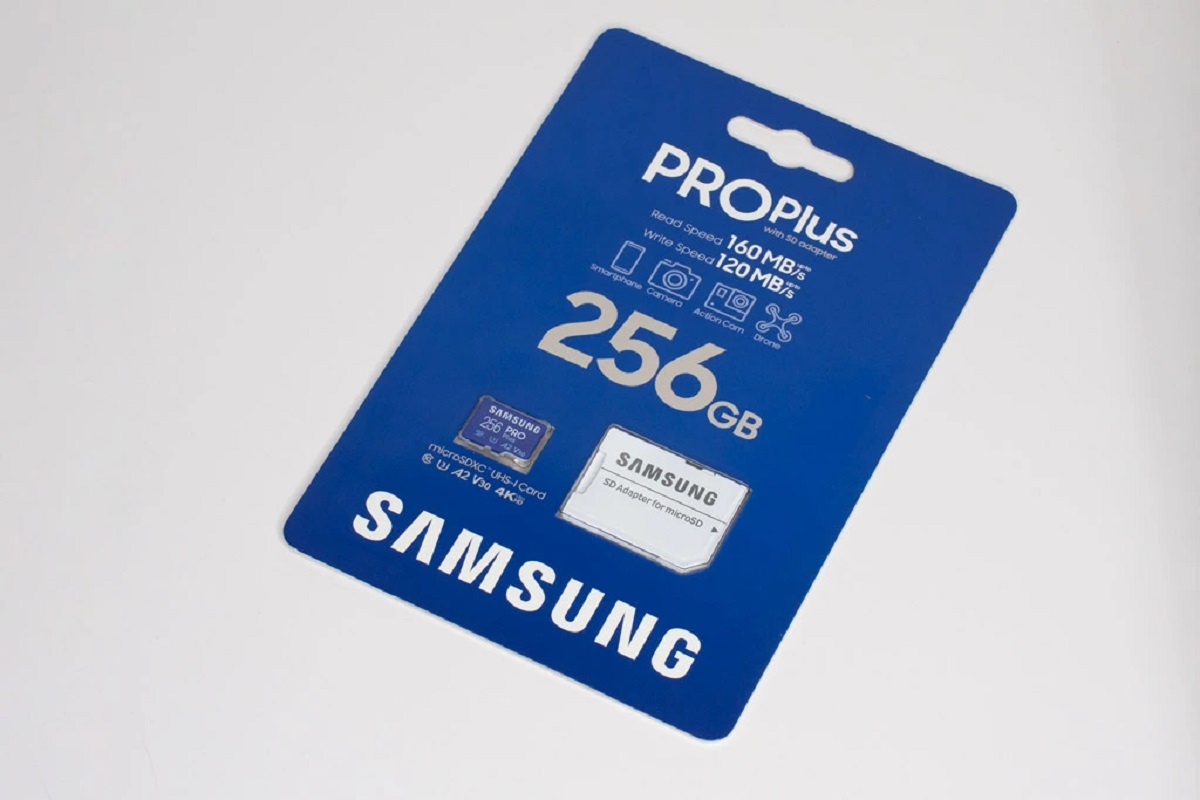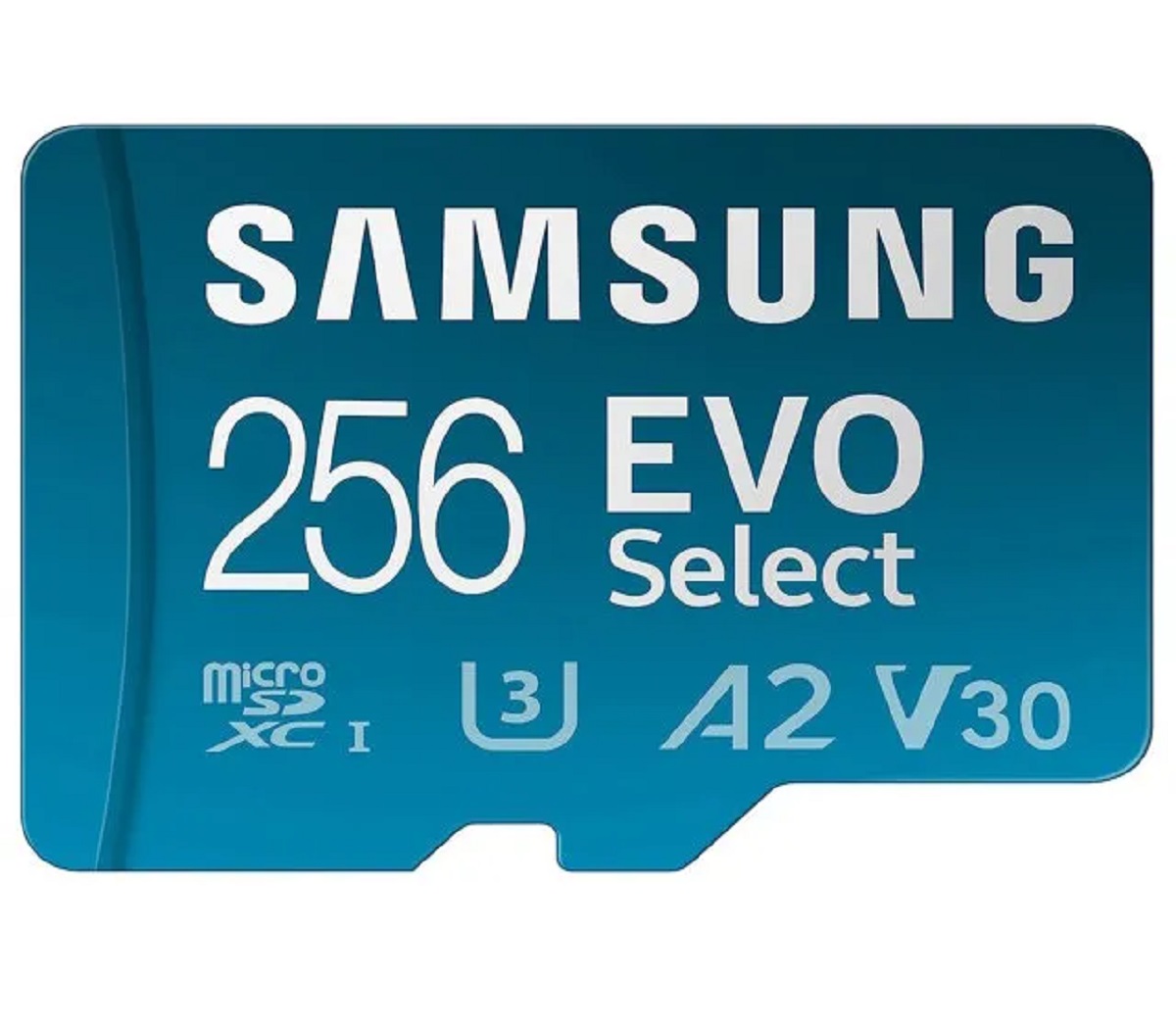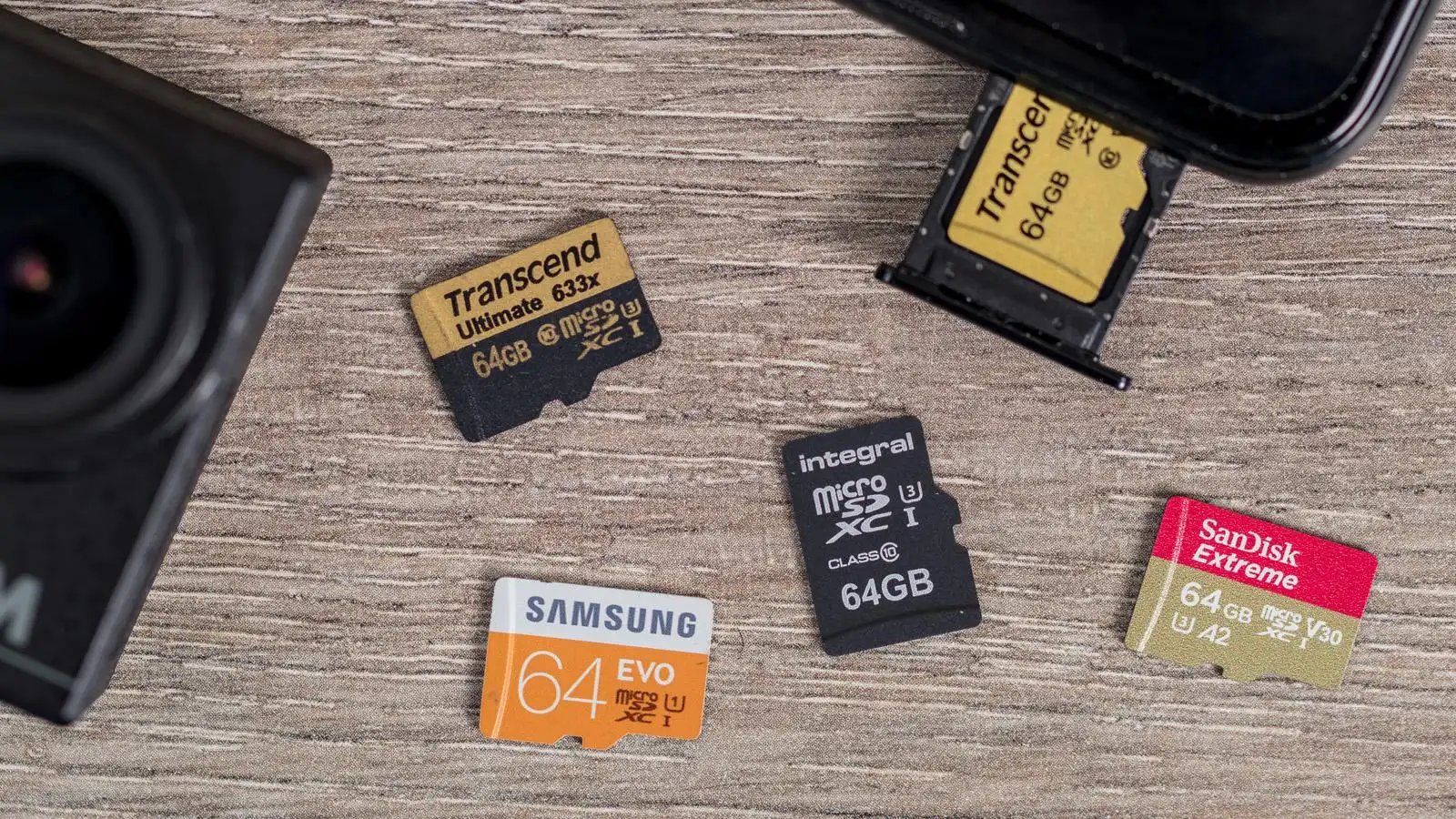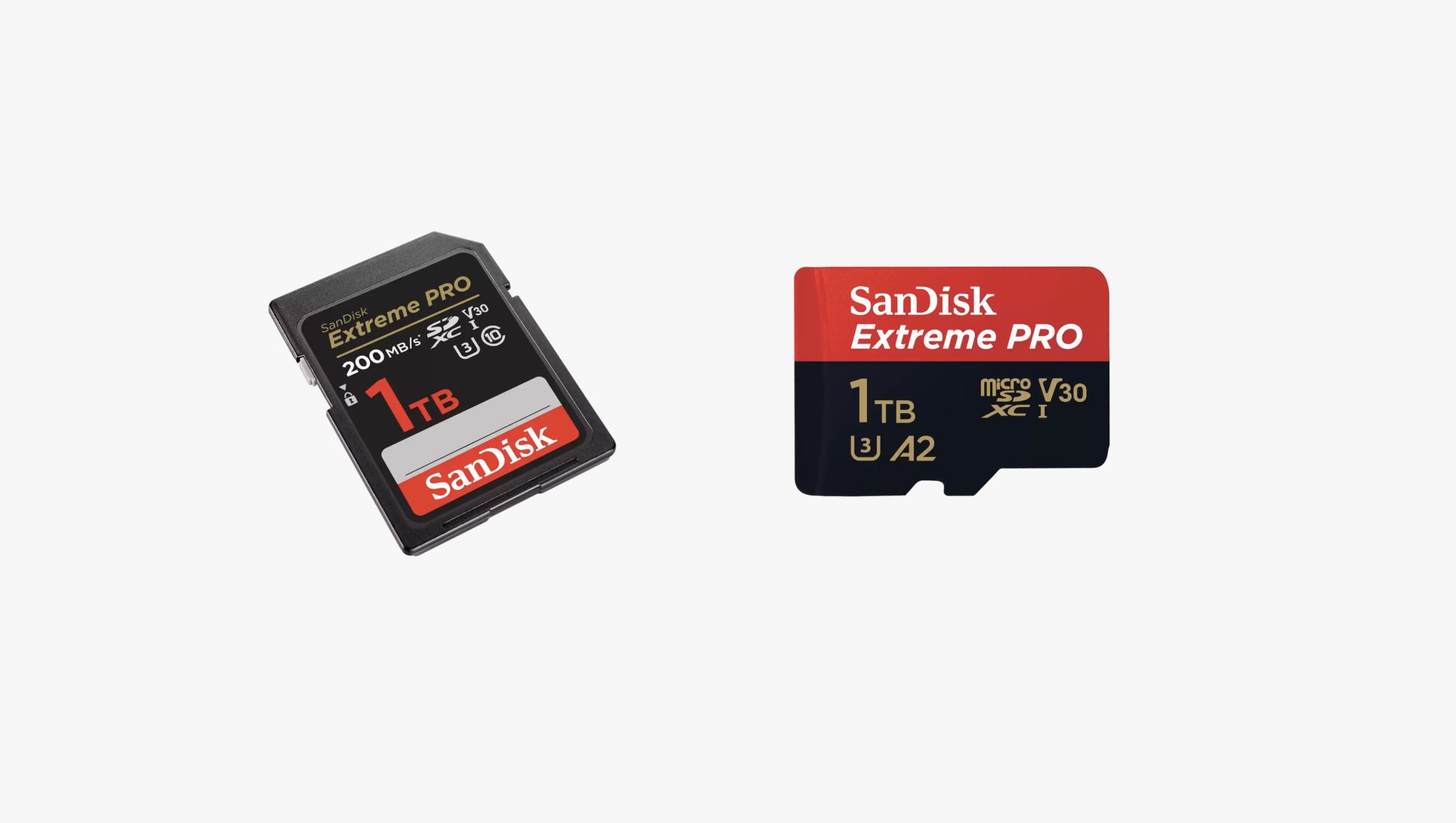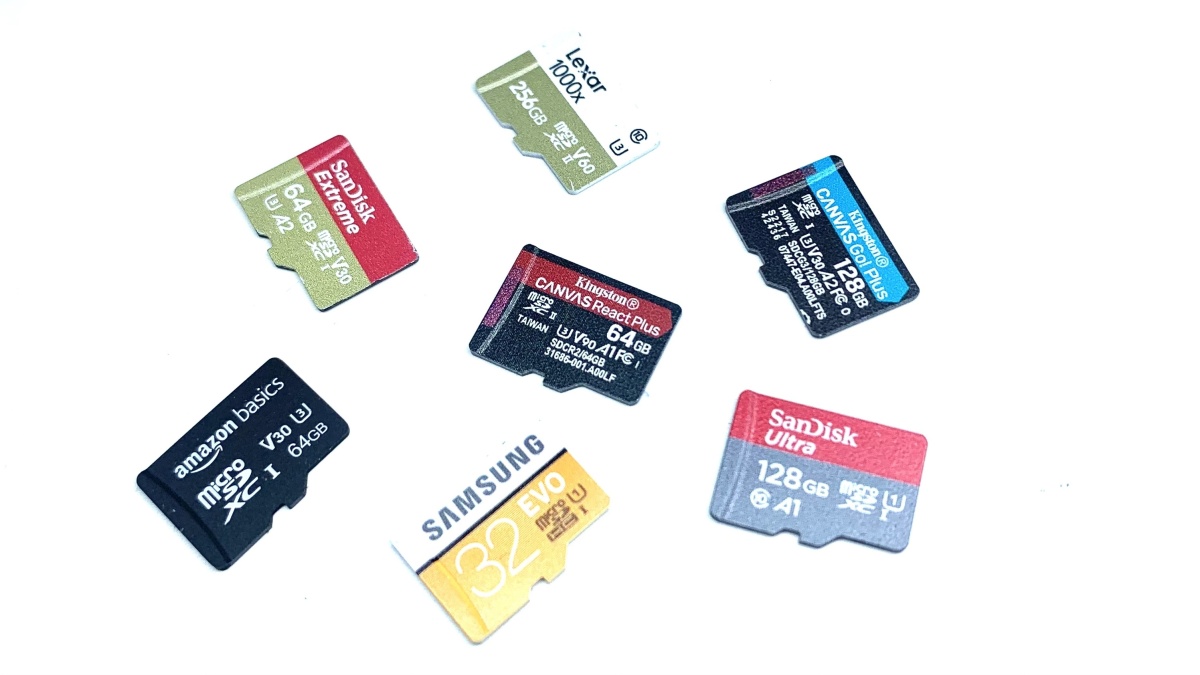Introduction
Recording videos in 4K resolution has become increasingly popular as technology continues to advance. With its higher pixel count and enhanced image quality, 4K provides a more immersive viewing experience. However, one common concern among videographers and content creators is the amount of storage space required to store 4K footage. Specifically, users often wonder how long a 256GB SD card can record in 4K before reaching its maximum capacity.
To understand this, it’s important to delve into the intricacies of 4K video recording and the factors that can affect storage space. This article will break down the basics of recording in 4K, explain how file size is calculated, and examine the storage capacity of a 256GB SD card. Additionally, we will explore the various factors that can impact recording time and provide estimates to help you gauge the expected duration of your 4K recordings on a 256GB SD card.
Moreover, we will also share some valuable tips on how to maximize storage space on a 256GB SD card when recording in 4K. By following these tips, you can make the most of your available storage and ensure that you capture all your desired footage without running out of space.
Understanding the Basics of Recording in 4K
Before diving into the specifics of recording time on a 256GB SD card, it’s important to have a solid understanding of the basics of recording in 4K. 4K refers to a video resolution of 3840 x 2160 pixels, which is four times the resolution of full HD (1080p). This higher resolution allows for sharper details and a more lifelike viewing experience.
When recording in 4K, the camera captures a vast amount of information due to the increased number of pixels. This results in larger file sizes compared to lower resolution recordings. The file size is influenced by the duration of the recording, frame rate, compression method, and bit rate.
Frame rate is the number of frames recorded per second, with common values being 24, 30, or 60 frames per second. Higher frame rates ensure smoother motion in the footage but can lead to larger file sizes. Compression method, such as H.264 or H.265, determines how the video data is encoded, providing a trade-off between file size and video quality.
Bit rate is an essential factor to consider when assessing storage space requirements for 4K recordings. It refers to the number of bits processed per second and directly impacts both video quality and file size. Higher bit rates result in better image quality but also result in larger file sizes. Conversely, lower bit rates sacrifice some quality but reduce the file size.
Understanding these fundamentals is crucial for estimating the recording time on a 256GB SD card. By considering the frame rate, compression method, and bit rate, you can make informed decisions about the duration of your 4K recordings and how much storage space they will require.
Calculating the File Size of 4K Videos
Calculating the file size of 4K videos is essential to determine how much storage space is needed for your recordings. Several factors influence the file size, including the duration of the video, the frame rate, the compression method, and the bit rate.
To estimate the file size, you can use the following formula:
File Size = (Bit Rate/8) x Duration
The bit rate is usually expressed in megabits per second (Mbps), while the duration is in seconds. Dividing the bit rate by 8 converts it to bytes per second. Multiplying this by the duration gives you the file size in bytes.
For example, let’s say you have a 10-minute (600-second) 4K video with a bit rate of 100 Mbps. To calculate the file size:
File Size = (100 Mbps / 8) x 600 seconds = 750 MB
Please note that this formula provides an estimate, and the actual file size may vary due to factors such as codec efficiency and scene complexity. Additionally, some cameras may have a limited maximum file size due to file system restrictions or recording limitations imposed by manufacturers.
By using this calculation, you can determine the approximate file size of your 4K videos and better plan for the amount of storage space needed on your 256GB SD card.
Bit Rates and Their Impact on Storage Space
Bit rate plays a crucial role in determining the file size and quality of 4K videos. It refers to the amount of data processed per second and is typically measured in megabits per second (Mbps). Higher bit rates result in larger file sizes but also provide better image quality.
When recording in 4K, higher bit rates capture more details and preserve greater clarity, especially in scenes with fast motion or high contrast. However, this comes at the expense of increased storage requirements. Conversely, lower bit rates sacrifice some image quality to reduce the file size.
To strike a balance between file size and quality, it’s essential to choose an appropriate bit rate for your recordings. The ideal bit rate depends on various factors, including the content being recorded, the intended usage, and the available storage space.
For example, if you’re shooting a highly detailed nature documentary, you may opt for a higher bit rate to capture the nuances of the scenery. However, if you’re recording casual vlogs or social media content, a lower bit rate may suffice without compromising visual appeal significantly.
Modern cameras often offer a range of bit rate options, allowing you to select the desired balance between file size and image quality. Additionally, some cameras may have variable bit rate (VBR) settings that adjust the bit rate dynamically based on the complexity of the scene. This can help optimize storage space without sacrificing too much image quality.
It’s important to note that higher bit rates require more write speed from your SD card to handle the increased data flow during recording. So, ensure that your chosen SD card has the necessary write speed capabilities to support your desired bit rate.
By understanding bit rates and their impact on storage space, you can make informed decisions when selecting the appropriate bit rate for your 4K recordings. This will help you optimize the balance between file size and image quality to meet your specific needs while using your 256GB SD card efficiently.
Storage Capacity of a 256GB SD Card
A 256GB SD card provides a substantial amount of storage space for 4K video recordings. With its large capacity, you can store a considerable number of videos without needing to transfer or delete files frequently. However, it’s essential to understand the actual usable storage capacity of a 256GB SD card.
In general, the available storage space on an SD card is slightly less than the advertised capacity. This is because a portion of the storage is reserved for the file system and card management purposes. As a result, the usable storage capacity of a 256GB SD card is typically around 240-250 gigabytes.
The actual number of 4K videos that can be stored on a 256GB SD card depends on factors such as the duration of the recordings, the bit rate used, and the average file size of the videos. As mentioned earlier, you can estimate the file size using the bit rate and duration of the videos to get a rough idea of how many files can be accommodated.
For example, if you have a 256GB SD card with 240GB of usable space, and your average 4K video file size is 1GB, you can expect to store approximately 240 videos on the card. However, this number can vary depending on the actual file sizes and any other data or files present on the card.
Considering the storage capacity of a 256GB SD card, it is well-suited for most recording scenarios, whether it’s for personal use or professional projects. It provides ample room for capturing hours of high-quality 4K footage before needing to offload or backup the files.
It’s important to note that file management becomes crucial when dealing with large storage capacities. To ensure efficient storage usage, it’s advisable to regularly review and organize the files on your SD card, transferring them to a secure storage destination and freeing up space for future recordings.
By understanding the storage capacity of a 256GB SD card and managing your files appropriately, you can make the most of this ample storage space for your 4K video recordings and avoid running out of storage during important shoots.
Factors Affecting Recording Time
Several factors can influence the recording time on a 256GB SD card when capturing 4K videos. Understanding these factors allows you to estimate how long you can record before reaching the storage limit. Here are some key factors that affect recording time:
- Bit Rate: The bit rate determines the amount of data recorded per second. Higher bit rates result in larger file sizes, reducing the overall recording time. Conversely, lower bit rates allow for longer recording durations.
- Compression Method: Different compression methods, such as H.264 or H.265, can impact the file size and, consequently, the recording time. Some compression methods offer better file size efficiency while maintaining acceptable video quality.
- Frame Rate: The frame rate is the number of frames recorded per second. Higher frame rates, such as 60 frames per second, result in larger file sizes and shorter recording times compared to lower frame rates, such as 30 or 24 frames per second.
- Resolution: Recording in 4K resolution requires a higher data rate and, therefore, consumes more storage space compared to lower resolutions, such as 1080p or 720p.
It’s important to consider these factors in combination when estimating the recording time on a 256GB SD card. However, it’s worth noting that different cameras may have their own unique settings and limitations for recording time. Some cameras may have maximum clip lengths or recording limits due to technical constraints.
To get a more accurate estimation of recording time, refer to your camera’s specifications or consult the manufacturer’s guidelines. Additionally, you can utilize online calculators or software tools specifically designed to calculate recording times based on your camera’s settings and the capacity of your SD card.
Remember, these estimations act as guidelines and may vary depending on the specific content being recorded. Dynamic scenes or fast-paced action may result in larger file sizes and, consequently, shorter recording times compared to static or less complex scenes.
Considering all these factors will help you approximate how long you can continuously record in 4K on a 256GB SD card, giving you a better understanding of your shooting capabilities and ensuring that you have sufficient storage for your projects.
Recording Time Estimates for 256GB SD Cards in 4K
When it comes to estimating the recording time on a 256GB SD card in 4K, there are several factors to consider. These include the bit rate, compression method, frame rate, and resolution of your recordings. While the actual recording time may vary, we can provide some general estimates based on typical settings.
For example, if you’re recording at a bit rate of 100 Mbps using the H.264 compression method, at a frame rate of 30 frames per second, you can expect to record roughly 4 hours and 40 minutes of 4K footage on a 256GB SD card.
However, if you increase the bit rate to 200 Mbps and switch to the more efficient H.265 compression method, you can expect to record around 2 hours and 20 minutes of 4K footage on the same SD card.
It’s important to note that these estimates are approximate and can vary depending on the specific camera settings, scene complexity, and other factors. Higher bit rates and frame rates will result in larger file sizes and shorter recording times, while lower bit rates and frame rates will result in smaller file sizes and longer recording times.
To get a more accurate estimation based on your specific camera and settings, consult your camera’s documentation or refer to online resources that provide recording time calculators based on different camera models and settings.
If you need to record longer continuous footage, it’s recommended to adjust your settings to optimize storage space, such as using lower bit rates, utilizing efficient compression methods, or recording at a lower frame rate. These adjustments will allow you to capture more footage without sacrificing too much image quality.
It’s also important to keep in mind that 4K recordings may be broken into smaller clips depending on the camera’s file size limitations or other technical constraints. Be aware of these limitations to avoid unexpected interruptions during your recordings.
By considering these estimates and adjusting your camera settings, you can effectively plan your shoots and ensure that you have sufficient storage space on your 256GB SD card to capture the desired amount of 4K footage.
Tips for Maximizing Storage Space on 256GB SD Cards in 4K
When recording in 4K on a 256GB SD card, efficient storage management becomes crucial to maximize the available space. Here are some tips to help you make the most of your storage while capturing high-quality 4K footage:
- Choose optimal settings: Adjust your camera settings to optimize storage space without compromising too much on image quality. Consider using lower bit rates, efficient compression methods, or lower frame rates to reduce file sizes.
- Plan your shots: Before hitting the record button, plan your shots to avoid unnecessary or redundant footage. This helps save storage space and ensures that you capture only the essential moments.
- Utilize shorter clips: Instead of recording long continuous clips, consider breaking your footage into smaller segments. This approach allows for easier file management and minimizes the risk of losing all your footage in case of a corrupted file.
- Delete unnecessary footage: Regularly review and delete any footage that is no longer needed. Transferring files to a secure storage destination and then deleting them from your SD card frees up space for future recordings.
- Invest in a fast SD card: Choose a high-speed SD card that can handle the demands of 4K recording. Faster write speeds help prevent buffer overflow and ensure smooth recording without interruptions.
- Backup your footage: Create a backup of your 4K footage regularly to protect against data loss. This way, you can safely delete files from your SD card without worrying about losing your precious footage.
- Consider external storage: If you anticipate recording for extended periods or in remote locations without immediate access to a computer or backup storage, consider using external storage options like portable hard drives or SSDs to offload your footage.
Following these tips will help you optimize storage space on your 256GB SD card while maintaining the highest quality 4K recordings. By efficiently managing your files and making informed decisions about your camera settings, you can ensure that you have ample space to capture all the footage you need during your shooting sessions.
Conclusion
Recording in 4K resolution offers unparalleled visual quality and detail, but it comes with the challenge of managing storage space. With a 256GB SD card, you have a generous amount of storage to capture hours of 4K footage. By understanding the basics of 4K recording, calculating file sizes, and considering factors like bit rates and compression methods, you can estimate the recording time on your 256GB SD card more accurately.
Remember that the actual recording time may vary depending on specific camera settings, scene complexity, and other factors. It’s important to consider your camera’s documentation or consult online resources for recording time calculators tailored to your camera model and settings.
To maximize storage space on your 256GB SD card, utilize optimal camera settings, plan your shots, and consider breaking footage into shorter clips. Regularly review and delete unnecessary files, and invest in a fast SD card to prevent buffer overflow. Backup your footage to ensure its safety and consider external storage options for extended shooting sessions or remote locations.
By implementing these tips, you can make the most of your 256GB SD card and ensure that you have enough storage space to capture all your important 4K moments. Remember to regularly monitor your storage usage and manage your files effectively to avoid running out of space during critical recordings. With proper planning and storage management, you can capture stunning 4K videos without the worry of storage limitations.







